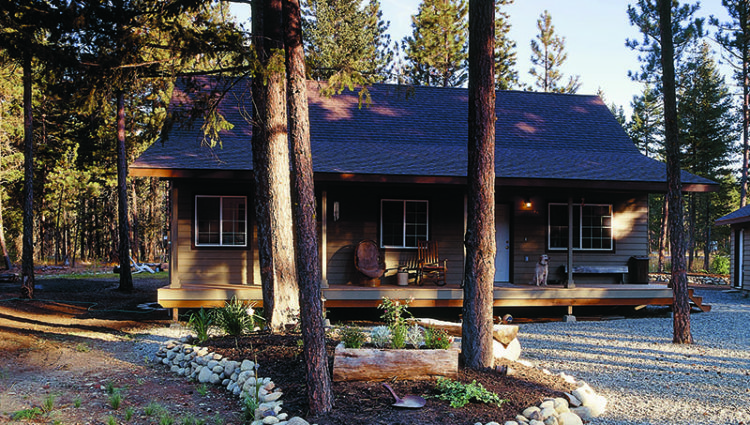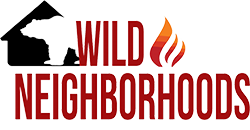
Wildfires are unpredictable and devastating to everything in their path, but you can show your clients how to make their property defensible against this disaster.
Call it what you want – firescaping, fire-safe, fire-resistant, or firewise landscaping – the concept is the same. The goal of firewise landscaping is to reduce the amount of fuel that is near your customer’s home.
It’s important to let people know that when they choose this preventive landscape design, they aren’t swearing off plants. They are simply selecting plants that have a low flammability.
This doesn’t mean it’s impossible for these plants to burn; it’s just harder for them to ignite and when they do they do not produce sufficient heat to damage the house significantly.
Firewise, a program created by the National Fire Protection Association, has a catalogue of links to state cooperative extension services’ lists of plants that have been found to be fire-resistant.
There are three basic characteristics that make up a good fire-retardant plant: high moisture content, low-growing habit and a lack of flammable chemicals.
Herbaceous and succulent plants have the highest moisture content, and when a plant with a high moisture content does catch fire it burns slowly and less intensely than a plant with low moisture.
Plants that grow no higher than 2 feet, or can be pruned to that height, are good choices, as they represent less fuel and when burning their flames don’t reach very high.
An important part of firescaping is creating fire safety zones. Zone 1 is a 30-feet area surrounding the home. Zones 2-4 are areas that are progressively farther from the structure.Among the bad choices are evergreens, such as junipers, pine and arborvitae, which contain flammable oils, resins and waxes that cause them to burn intensely. Deciduous trees and shrubs are better choices in a wildfire-prone landscape.
Zone 1 needs to have low-growing plants that are well-irrigated throughout the fire season. Perennials, turf grass and groundcovers are all good choices.
Zone 2, which extends to 70 feet from the structure, should also have irrigated, low flammability plants. Trees with low-hanging limbs should be pruned to 15 feet off the ground.
Zone 3 extends to 100 feet away from the home and consists of an island of fire-resistant plants that have plenty of space between them. Trees should be thinned so the crowns are at least 10 feet apart and branches hanging lower than 10 feet should be pruned to prevent “laddering.”
Zone 4 is the farthest from the structure and should be clear of dead vegetation and all plants should be thinned and maintained.
Fuel breaks are also an excellent way to discourage the spread of fire. Driveways, walkways and patios are all hardscaping examples that can separate the flames from more fuel. Water features, pools, ponds, streams, and boulders are other examples of substances that can be used as fuel breaks.
The topography of the site will determine how high the fire hazard is, such as whether the house is built on a steep slope or what direction it is facing. Weather also plays a factor, but of course this cannot be controlled.
The best practice for those who live in wildfire-prone areas is to keep their landscapes “lean, clean and green.”
The effectiveness of firewise landscaping was demonstrated just last month in Boise, Idaho. Pat Telleria, who owns a local nursery, knew that wildfires were inevitable and designed his landscape accordingly.
When a blaze came near his house, Telleria and his family were able to stay indoors while the fire burned around their home.
Learn more here.
